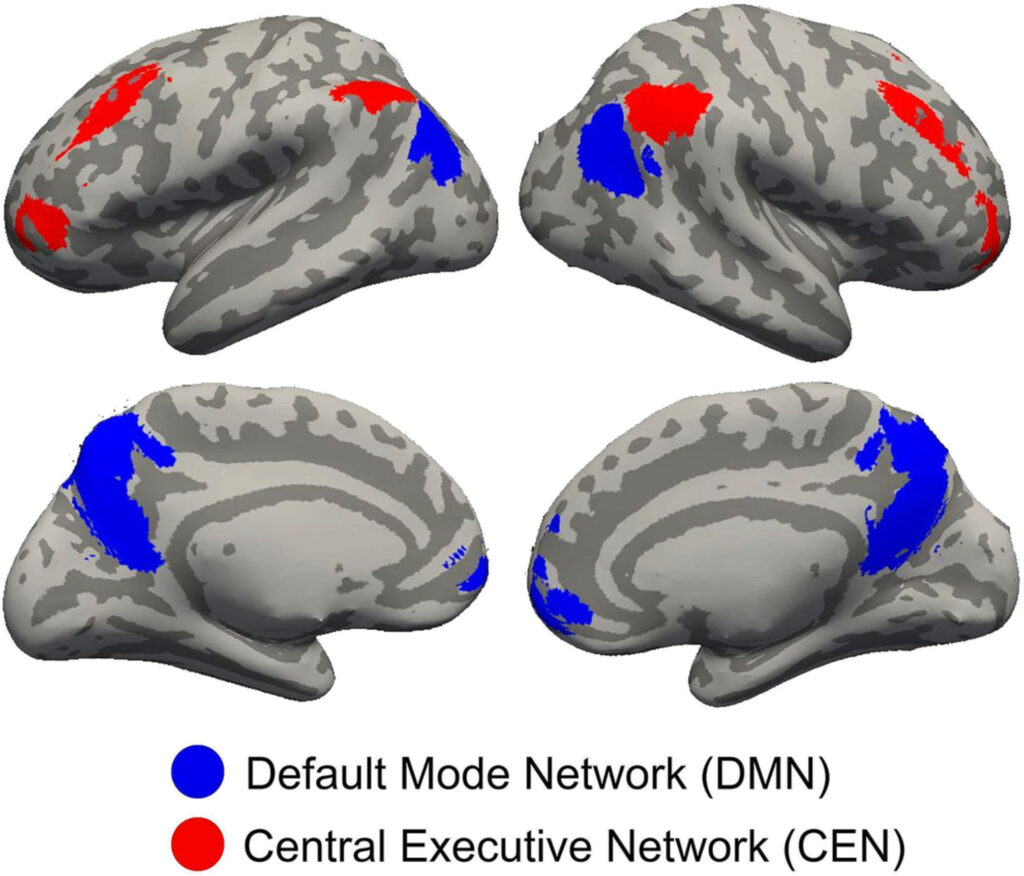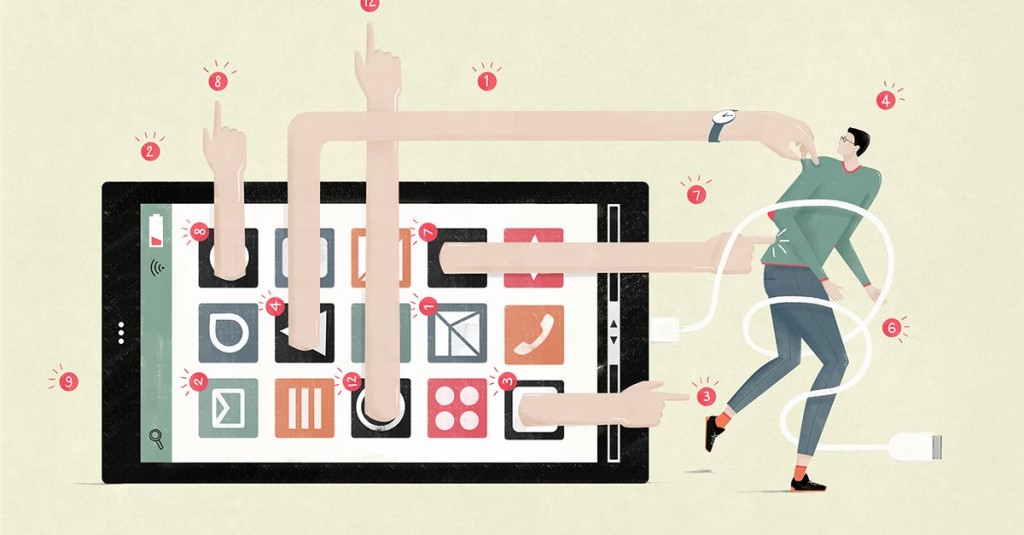Monday, 28 February 2022
Mindfulness meditation at school improves sustained attention and cognitive control

Many young people have trouble in focussing on tasks to complete them successfully. Scientists have shown that the mere presence of your cell phone within easy reach can affect your cognitive abilities, which may be part of the reason for attention problems among today’s youth. But the human brain, and especially the young human brain, is highly plastic. And a study published in the journal Human Brain Mapping in September 2020 seems to have proved it once again, by showing that 8 weeks of training in mindfulness meditation improves sustained attention and cognitive control among Grade 6 students. (more…)
The Emergence of Consciousness | Comments Closed
Thursday, 18 June 2020
Our brains have not evolved to handle so many electronic inputs

For almost all of our long evolutionary history, we human beings have lived in calm, quiet natural settings such as the African savannah in the photo below. From time to time, our attention might have been caught by a slight movement in the distant grass, or by an unusual sound such as the cracking of a branch, because either one might have signified an animal that we could hunt for dinner, or one that was hunting us for its own dinner. To survive, we had to pay immediate attention to such unexpected stimuli. Those of us who didn’t because we were just a bit too relaxed didn’t survive long enough to pass our genes on to descendants.
As a result, all of the human beings who are alive today are descended from those individuals who were the most sensitive to such sudden stimuli from the outside world. Our brains are “wired” to pay attention to these stimuli. But the problem is that the world that we have been living in for the past decade or two, with the constant flood of incoming information from the Internet, e-mail and social media, is completely different from the one that shaped the brains that we must use to respond to it. This explains the problems of attention control that I’ll be discussing in a moment. (more…)
From Thought to Language | Comments Closed
Thursday, 29 November 2018
A Pickpocket Teaches the Science of Attention
 When I give courses on the brain’s “higher functions”, and I get to the topic of attention and control, I often show videos of Apollo Robbins, a professional pickpocket whom many consider the best in the world. The video I show most often was produced by Scientific American and is entitled “Neuroscience Meets Magic”. It shows neuroscientists who specialize in the subject of attention analyzing his subtlest gestures and identifying the classic principles of attention that he is manipulating, such as bottom up, top down, frame of attention, and misdirection. (more…)
When I give courses on the brain’s “higher functions”, and I get to the topic of attention and control, I often show videos of Apollo Robbins, a professional pickpocket whom many consider the best in the world. The video I show most often was produced by Scientific American and is entitled “Neuroscience Meets Magic”. It shows neuroscientists who specialize in the subject of attention analyzing his subtlest gestures and identifying the classic principles of attention that he is manipulating, such as bottom up, top down, frame of attention, and misdirection. (more…)
The Emergence of Consciousness | No comments
Monday, 29 February 2016
When Advertisements Steal Our Attention

A New York Times article by Matthew B. Crawford, entitled “The Cost of Paying Attention” (first link below) analyzes the way that the public space is being invaded by advertising. First, he points out that attention is a limited cognitive resource. He shows how private businesses are waging a veritable war to appropriate our “private head space” with advertising messages, thus making it harder and harder for us to resist these constant, alienating “bottom-up” stimuli and exercise “top-down” control over our own thoughts. In this process, says Crawford, we are losing something vital: “Just as clean air makes it possible to breathe, silence makes it possible to think.” (more…)
The Emergence of Consciousness | No comments
Monday, 3 December 2012
Your Brain Likes Nature Better Than E-Mail

In the early summer of 2010, five neuroscientists spent a week all on their own, rafting and camping along the San Juan River in a remote area of southern Utah, in the United States. Nothing so special about that—plenty of people make these kinds of wilderness expeditions nowadays.
What made this adventure different was that these scientists gave themselves two additional challenges. Knowing that workaholism tends to come with their profession, they decided to spend the entire week without their cell phones and laptop computers. And being neuroscientists, they decided to observe their own reactions to this deprivation and thereby try to shed light on their own hypotheses about how daily use of these technologies may be changing the ways that people think and behave. (more…)
The Emergence of Consciousness | Comments Closed







